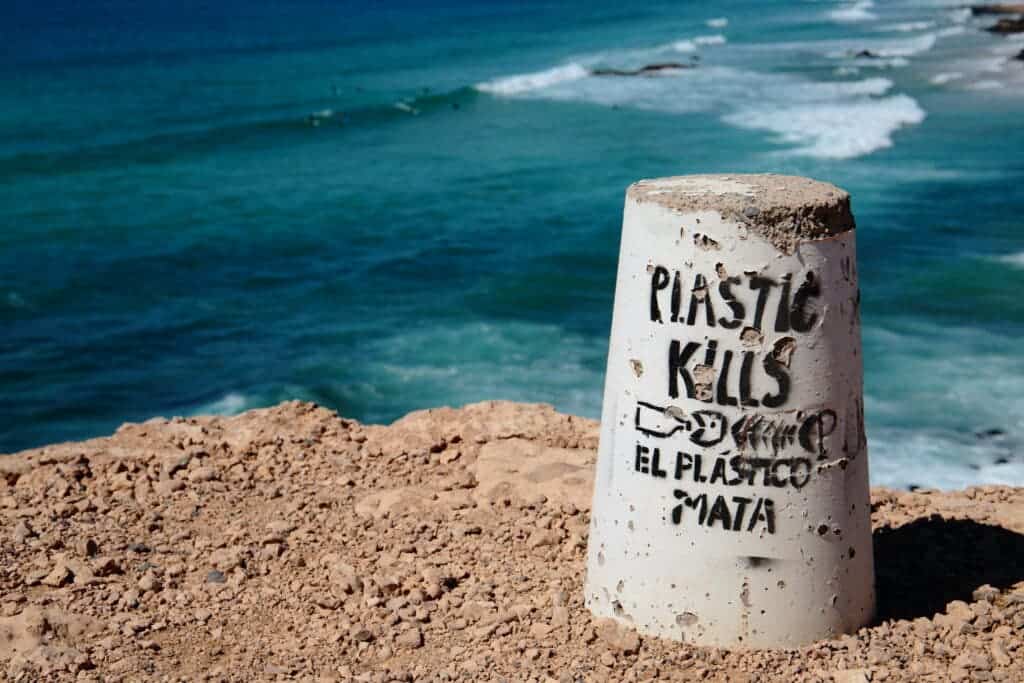The ocean is the ultimate sink for plastics in the world, and two new studies have just shed new light into the extent of the problem. Plastic is floating all around the ocean, being eaten by marine wildlife, and eventually by all of us.

A study led by the UK National Oceanography Centre found that there are between 12 to 21 million tons of tiny plastic fragments floating in the Atlantic Ocean. This suggests that the supply of plastic to the ocean has been substantially underestimated. Such an amount of plastic would be enough to fully load almost 1,000 container ships, the study found.
The researchers looked through layers of the upper 200m (650 feet) of the ocean during a research expedition through the middle of the Atlantic.
“Previously, we couldn’t balance the mass of floating plastic we observed with the mass we thought had entered the ocean since 1950. This is because earlier studies hadn’t been measuring the concentrations of ‘invisible’ microplastic particles beneath the ocean surface,” said Katsiaryna Pabortsava, lead author of the paper.
Pabortsava and her team collected samples of particles from 12 sites spanning 10,000 kilometers of the Atlantic Ocean (between the UK and the Malvinas Islands) and then analyzed them for the three most commonly used found ocean plastics. They found an average of 7,000 particles per cubic meter of seawater.
A better understanding of the extent of plastic pollution in the Atlantic Ocean will allow future research to gauge the environmental damage they could cause. The findings provide a more “robust measure” of the accumulation of plastic in remote parts of the ocean, say the authors.
“This paper demonstrates that scientists have had a totally inadequate understanding of even the simplest of these factors, how much is there, and it would seem our estimates of how much is dumped into the ocean has been massively underestimated,” said co-author Richard Lampitt
The study was published in the journal Nature Communications.
Seafood and microplastics
Another recent study on five popular kinds of seafood obtained from a market in Australia also showed the extent to which microplastics pollution affects us. As plastic breaks down, it transforms into microplastics, which are plastic fragments less than 5 mm, or about 0.2 inches.
A group of researchers bought ten wild squid, ten farmed oysters, five wild blue crabs, and ten farmed tiger prawns and found traces of plastics in all of them. While the effect of microplastics on human health is not clear, studies have long warned about their harmful effect on wildlife.
“Considering an average serving, a seafood eater could be exposed to approximately 0.7 milligrams of plastic when ingesting an average serving of oysters or squid, and up to 30 mg of plastic when eating sardines, respectively,” said Francisca Ribeiro, lead author, in a press release.
“For comparison, 30 milligrams is the average weight of a grain of rice.”
The findings showed that the amount of plastic varied greatly among species and between individuals of the same species. The samples of squid were the ones with the fewest traces, while sardines had the most, the researchers found,.
This is in line with previous research, which has shown that this category of food items facilitates most of the plastic intake in humans. Studies have suggested that in places where seafood is eaten regularly people swallow at least 11,000 microplastic particles per year.
The study was published in the journal Environmental Science and Technology.









